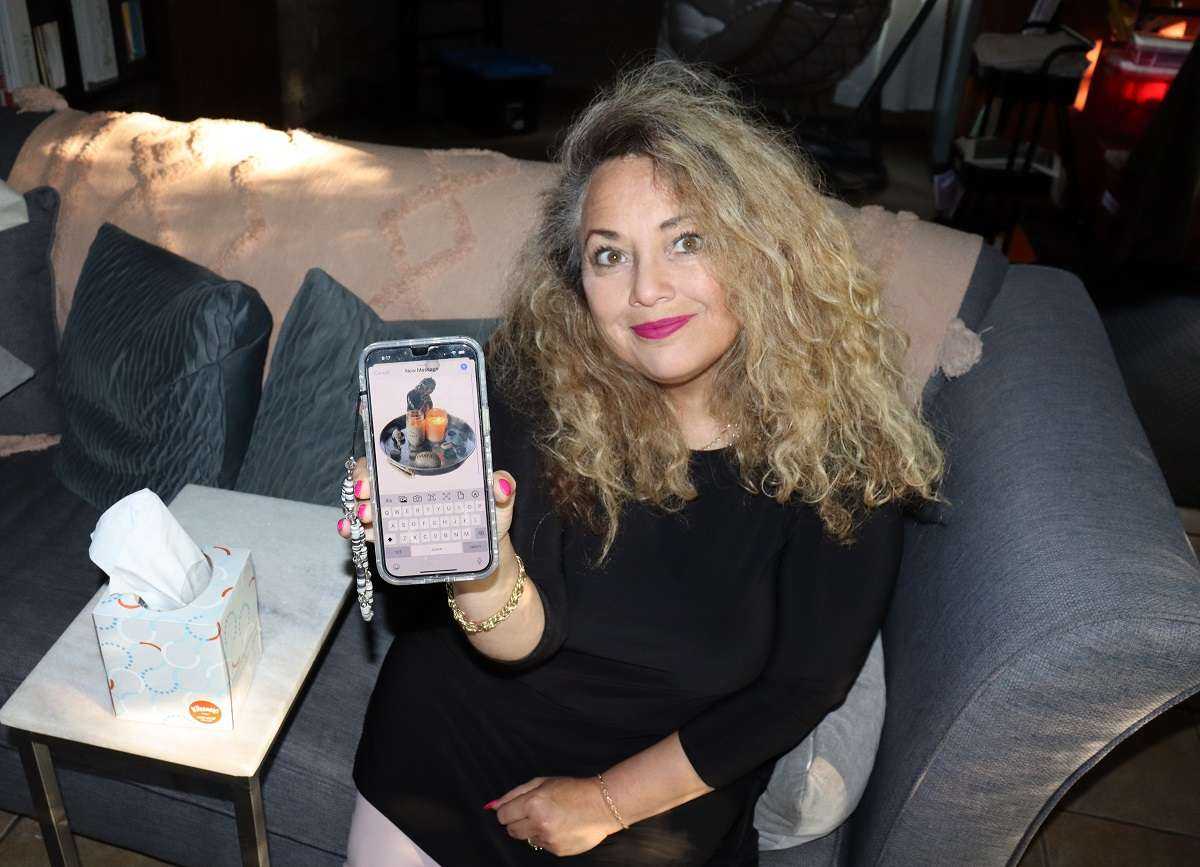By Rob at AERCs
One of the many biproducts of the Covid-19 pandemic, which we all lived through, was the rise of online therapy providers. The recent health crisis will forever be remembered because of our governments’ stay-at-home orders, social distancing, masking, increased hospitalizations, and the deaths of millions of people worldwide. These challenges also created uncertainty in the marketplace, contributing to increased unemployment, housing insecurity, and loneliness. These stressors have helped create a mental health crises in our general population.
How do people generally react to life-changing government mandates?
Evidence suggests thousands of Canadians adopted unhealthy coping mechanisms to deal with increased stress, anxiety, sadness, and uncertainty the epidemic brought. Increased rates of eating disorders, depression, substance use, suicide, and domestic violence have all been attributed to the coronavirus pandemic. Additionally, there are dozens more online mental health service providers who offer therapy over virtual meeting platforms.
Is in-person therapy better than virtual counselling?
Are the two treatment formats even the same thing? AERCs Therapy offers both but takes the position that in-person meetings are more comfortable, personalized, and meaningful.
AERCs Therapy offers in-person therapy at any of three different locations across the greater Toronto area with one being downtown at Yonge and Davisville. In person treatment has many advantages over online therapy and some factors include the ability to accommodate individual preferences regarding the specific issues being addressed, and the level of comfort the patient may have with technology, and most importantly, the patient’s ability to form a meaningful connection with the therapist. Therapy is an emotional exchange, and the screen is a barrier.
Advantages of In-Person Psychotherapy and Social Work
There are plenty of reasons why people should choose to meet in-person with mental health workers.
Nonverbal Cues: Therapists and counsellors at AERCs read body language, tone of voice, and facial expressions in real-time during their in-person sessions. How patients sit in their chairs and what they do with their hands and feet can offer clues to their thought processes. This extra layer of information can paint a more complete picture of a patient’s emotional state and can assist in more accurate diagnosis and treatment planning.
Personal Connection: Some people find it easier to establish a therapeutic relationship when interacting with someone face-to-face, as opposed to through a screen.
Focus and Attention: In-person sessions may offer fewer distractions, making it easier for both the client and therapist to concentrate on the conversation.
Technical Issues: With in-person therapy, there’s no need to worry about internet connectivity problems, software issues, or other technical glitches that can interrupt online sessions.
Privacy: In a dedicated office setting, you may have a greater assurance of privacy and confidentiality than in an online format, where the security of the connection may be uncertain.
Access to Tools and Techniques: Certain therapeutic techniques, such as art therapy and play therapy may be more readily available or effective in an in-person setting.
Immediate Response: In case of a crisis or a significant emotional breakdown, an in-person therapist can respond more quickly and has more resources at hand to manage the situation.
Argument for Online Therapy
To be fair, online therapy also has some merits.
Accessibility: Online therapy is available to those who may have difficulty attending in-person sessions due to geographic location, physical disabilities, or other logistical challenges.
Convenience: Online sessions can be more easily scheduled and attended, offering greater flexibility.
Comfort: Some people find it easier to open up when they are in the comfort of their own home.
Anonymity: The perceived distance that comes with online interaction may allow some people to discuss stigmatized or embarrassing issues more freely.
Ultimately, the choice between in-person and online therapy will depend on individual circumstances, treatment goals, and personal preferences. AERCs Therapy like others in the marketplace offers a hybrid model where they provide both in-person and online sessions to accommodate the diverse needs and preferences of their clients.


 Junior Contributors1 week ago
Junior Contributors1 week ago
 Community News1 week ago
Community News1 week ago
 The Poetic Word1 week ago
The Poetic Word1 week ago
 Junior Contributors1 week ago
Junior Contributors1 week ago
 Sports1 week ago
Sports1 week ago
 Community News5 days ago
Community News5 days ago
 Community News5 days ago
Community News5 days ago
 Community News5 days ago
Community News5 days ago























